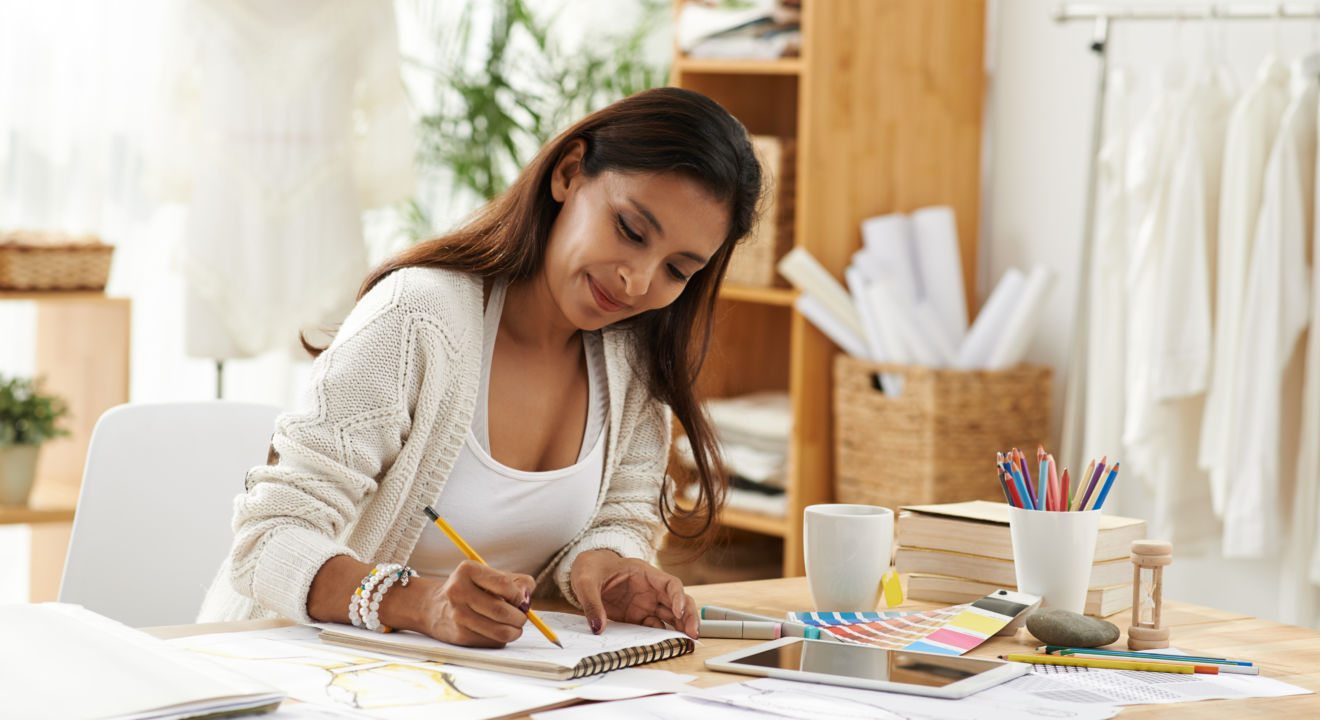Culture August 8, 2016


Our childhood was abundant with doodles and scrawls, stick-figures, crayons, colored pencils and markers. As we grew older, however, most of us lost the habit of picking up that pencil and paper and drawing the first thing that came to mind. For children, drawing is an integral part of their youthful development. It becomes one of their main forms of artistic and personal expression since they aren’t always able to articulate their emotions verbally. As adults, our need for this kind of creativity gets tossed to the side when our days become filled with business and familial obligations.
However, if you’re a woman looking for a way to relieve a little bit of stress from your day or just want something to enhance your day-to-day routine, you should think about picking up that pencil again and giving drawing a try.
With drawing, there is never one definite answer to one single problem. We can become stuck in our daily routines. So when it comes to brainstorming or coming up with new ideas for our jobs or school assignments, we can hit a mental block. Whether it’s writing that eight-page paper for your English class or having to prepare a pitch to your boss in two hours, drawing helps us remember that there are multiple ways to get to our goal. If one way doesn’t work, there will always be another.
Sometimes we don’t always know how to express our feelings, emotionally or verbally, so drawing expands our communicative range. For those of us who are more shy and introverted, drawing is an outlet for creativity and self-expression. We feel most like ourselves when we are able to show an extension of our personalities through a visual representation. The Atlantic explored the cognitive benefits of doodling and made a point that “making graphic marks predates verbal language, so whether as a simple doodle or a more deliberate free-hand drawing, the act is essential to expressing spontaneous concepts and emotions.” Your ability and skill does not determine your sense of expression, so don’t be afraid to make a scribble just because you think you can’t draw.
Picking up that pen, pencil or crayon and using it to make an image exercises our brain because of the necessity to pay attention to detail and hand-eye coordination. You can use so many different utensils when drawing. In addition, there are unique movements that come with drawing that aren’t exercised when typing or writing.
During the Surrealist art movement of the early 1900s, artists would use a technique called automatism, which attempted to evoke ideas in the unconscious by spontaneous actions and involuntary processes. Artists would then form ideas out of these actions. If we embraced a technique like this, drawing would facilitate not only enhance our surface-level thinking but also stimulate our subconscious.
People are drawing all over the world, whether they are artists or not. Drawing is for anyone who wants a part in it. It is evident throughout time that drawing has reached all ends of the globe. No matter what social status, race, religion or culture you come from, drawing connects us all.
Art gives us the ability to express ourselves freely. Drawing is especially easy because it requires the fewest materials. It can also spark a playful energy within people that makes them more excited to create something in that moment.
Drawing is also very beneficial for your health because of its relaxing qualities. In a study conducted by Heather L. Stuckey, DEd and Jeremy Nobel, MD, MPH, evidence was found that “engagement with artistic activities…can enhance one’s moods, emotions, and other psychological states as well as have a salient impact on important physiological parameters.”
Take advantage of what drawing has to offer and let it contribute to your overall health through the power of the pencil and paper.